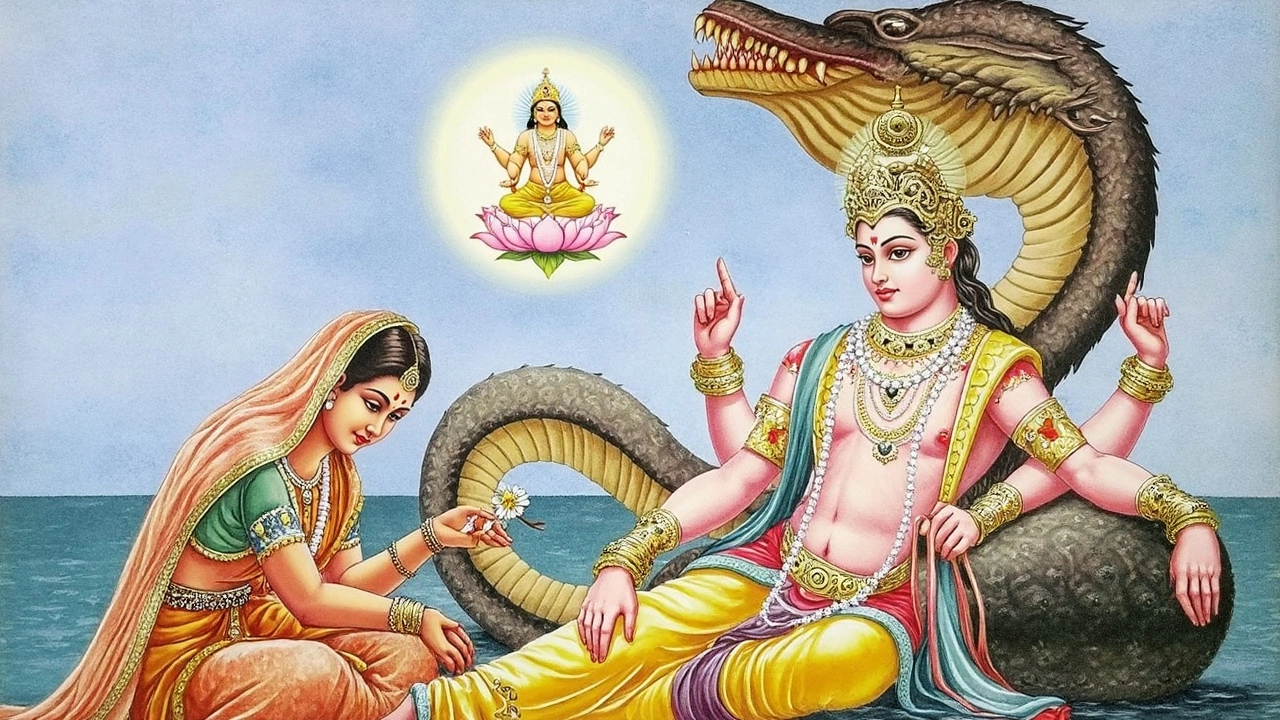Nirjala Ekadashi: A Simple Guide to the Fast, Its Meaning, and Benefits
If you’re curious about Nirjala Ekadashi, you’ve landed in the right spot. It’s one of the toughest but most rewarding Ekadashi fasts in the Hindu calendar, dedicated to Lord Vishnu. Unlike other Ekadashis where you can sip water or eat fruits, Nirjala asks you to stay completely dry – no food, no water, just devotion.
Why Nirjala Ekadashi Matters
Legend says that Lord Krishna once promised great blessings to anyone who could keep this strict fast. Devotees believe it clears past sins, boosts mental clarity, and strengthens the bond with Vishnu. Many also claim it helps with weight management and detox because the body goes into a natural cleansing mode.
In the Hindu calendar, Nirjala falls on the 11th lunar day of the bright half of the month of Jyeshtha (usually May‑June). The date shifts each year, so it’s smart to check a reliable panchang or a trusted apps before planning.
How to Observe the Fast Properly
1. Prepare the night before: Take a light dinner, avoid spicy or heavy foods, and stay hydrated up to bedtime. Some people take a short bath and change into clean clothes to feel fresh for the next day.
2. Morning routine: Wake up early, perform a quick ablution (if you can), and offer prayers to Lord Vishnu. Recite the Vishnu Sahasranama or the special Nirjala Ekadashi mantra: “Om Namo Bhagavate Vasudevaya.”
3. Stay dry all day: No water, no food, no even a sip of juice. If you feel faint, it’s okay to break the fast with a small amount of water and a fruit, but traditionally you push through the whole 24‑hour period.
4. Evening worship: Light a lamp, offer flowers, and read a short story about Krishna’s miracles on Ekadashi. This keeps the mind focused and helps the fast feel more meaningful.
5. Break the fast gently: As the sun sets, start with a glass of warm water, then a simple fruit like a banana or a few dates. Follow up with a light, sattvic meal – dal, rice, and seasonal vegetables. Avoid fried or overly spicy dishes for the first day after.
Remember, the essence of Nirjala isn’t just about abstaining; it’s about shifting your mindset from cravings to contemplation. If you’re new to strict fasts, try a shorter Ekadashi first and build up to Nirjala.
Many modern followers combine the fast with mindfulness practices – a short meditation or a walk in nature can amplify the calming effects. And if you have health concerns (diabetes, pregnancy, or chronic illnesses), consult a doctor before attempting a no‑water fast.
To sum up, Nirjala Ekadashi is a powerful way to reset your body and spirit. The key is preparation, sincere prayer, and a gentle break‑fast. Give it a try this year and see how the day of complete restraint can bring clarity, peace, and maybe a few blessings from Lord Vishnu.

Nirjala Ekadashi 2025 falls on June 6–7, involving a challenging waterless fast. Those unable to observe the full vrat can find spiritual merit through mantra chanting, charity, or puja. Vaishnavs have separate timings, making the event significant for many seeking blessings and purification.
